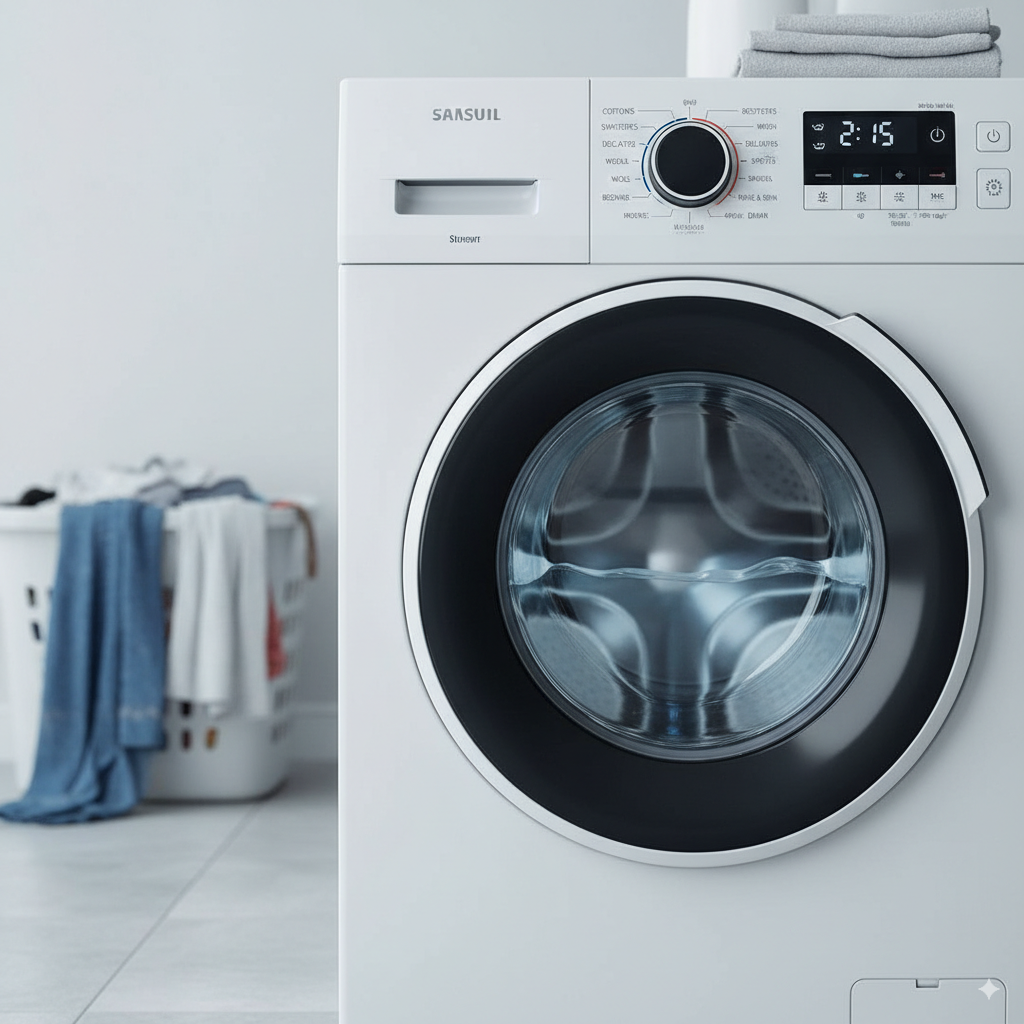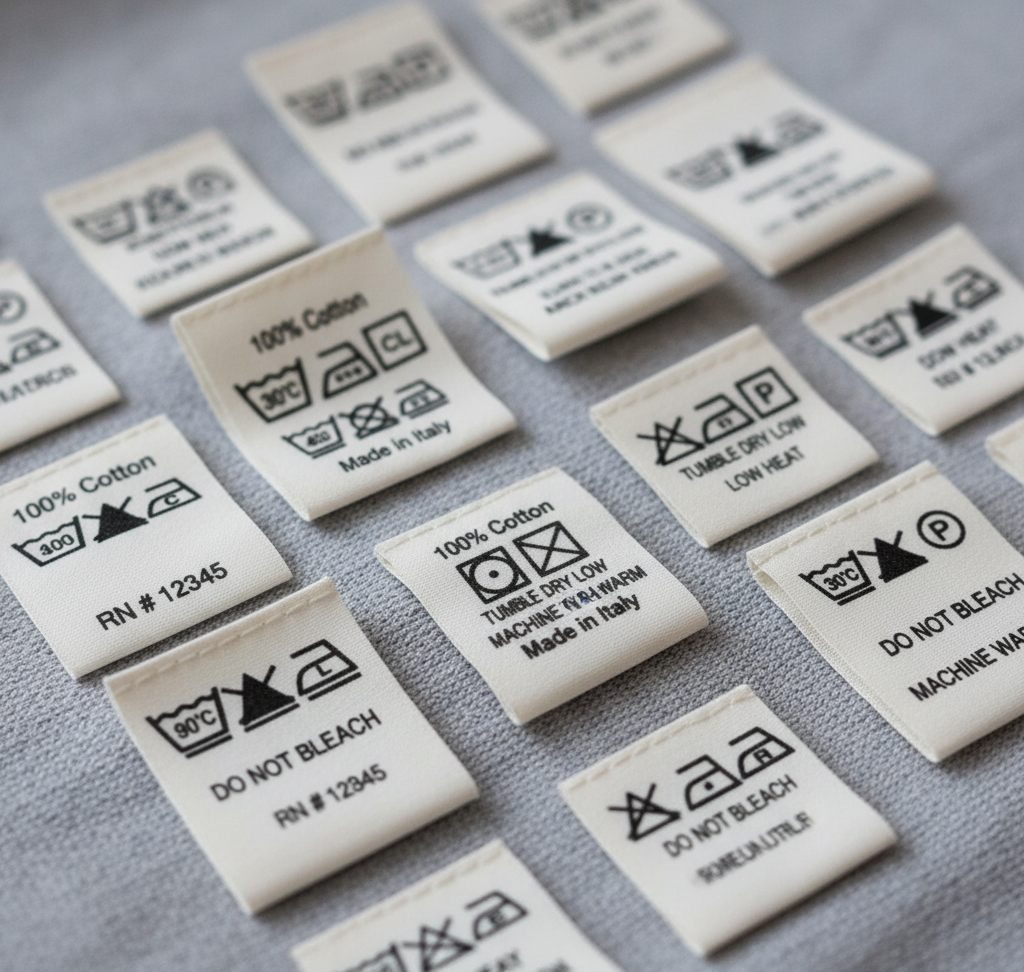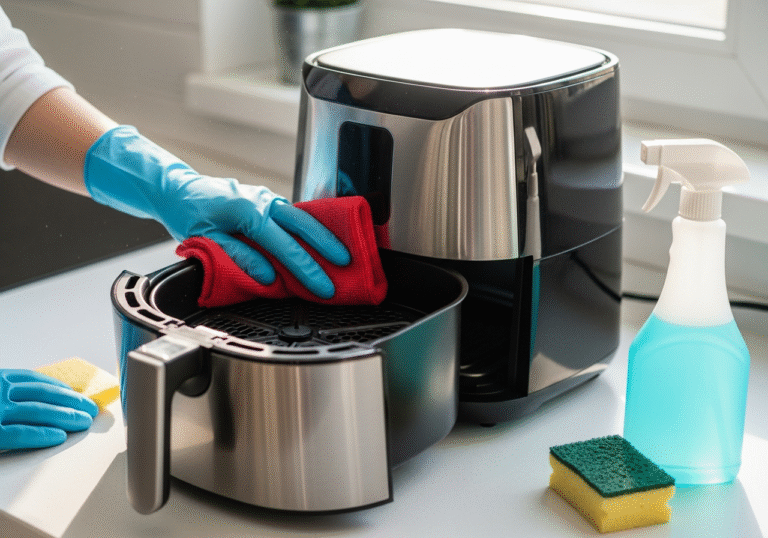The act of washing clothes is often dismissed as a mundane necessity, a background task that requires little thought beyond separating whites from colors and pressing a button. However, this perceived simplicity is deceptive. Laundry is a chemical and mechanical process that involves a delicate balance of water temperature, agitation, chemical agents, and fabric types. When this balance is disrupted by habitual errors, the consequences are expensive and frustrating. Clothes fade prematurely, fibers break down, elastic snaps, and mysterious holes appear in favorite garments. Furthermore, the appliances themselves, often significant financial investments, suffer from misuse, leading to mechanical failures and mold growth. To truly care for a wardrobe and maintain the efficiency of a household, one must unlearn the common practices that have likely been passed down through generations or assumed out of convenience.

1.First Mistake
The first critical error occurs long before the start button is pressed, during the sorting phase. Most people operate under the assumption that sorting is purely a chromatic exercise—keeping red socks away from white shirts to prevent pink underwear. While preventing dye transfer is important, sorting by fabric weight and texture is arguably more critical for the physical preservation of the garments. A washing machine cleans through agitation; clothes rub against each other to dislodge soil. When you mix heavy, abrasive fabrics like denim jeans with delicate materials like silk or fine cotton, you are effectively creating a sandpaper effect. The heavy items thrash against the lighter ones, causing micro-abrasions that manifest as pilling, holes, and a general loss of softness. Furthermore, the texture of fabrics dictates their lint behavior. Washing lint-shedding items, such as heavy cotton towels, with lint-attracting fabrics, like synthetic leggings or corduroy, results in a visual disaster that makes dark clothes look permanently dirty.
2.Individual Preparation
Once the piles are sorted, the preparation of individual garments is often neglected. This mechanical oversight leads to tearing and stretching. The rule for hardware is simple yet frequently confused: zippers must be closed, and buttons must be open. A zipper left unzipped is essentially a flexible saw blade loose in the drum. As it spins, the metal teeth can snag on lace, scratch the surface of other fabrics, and even chip the interior paint of the washing machine. Conversely, buttoned shirts suffer from the opposite problem. When a shirt is wet, it is heavy. If it is buttoned up, the centrifugal force of the spin cycle pulls aggressively at the threads holding the buttons, distorting the buttonholes and causing buttons to pop off. Pockets also require vigilant inspection. A stray tissue can disintegrate and cover an entire load in white confetti, while heavier objects like coins can bypass the seal and damage the drain pump.

3.Detergent
The application of detergent is the area most rife with misconceptions. Decades of marketing have convinced consumers that more foam equals more cleaning power. In reality, the opposite is true for modern high-efficiency machines. These appliances use very little water, relying on friction to clean. When you use too much detergent, you generate a massive volume of suds that acts as a cushion between the clothes, preventing the necessary friction that scrubs away dirt. The clothes simply float in a bubble bath, emerging with their stains intact. Worse, the rinse cycle cannot remove this excess chemical load. The result is a layer of soap residue left on the fibers, which acts as a magnet for dirt and skin oils, creating a breeding ground for bacteria and leading to the “sour” smell often associated with old towels.
4.Fabric Softener
Compound this issue with the habitual use of fabric softener, and you have a recipe for textile ruin. Fabric softener works by coating fibers with a layer of lipid-based chemicals to force them to feel slick. While this feels nice instantly, it functionally destroys the utility of absorbent fabrics. Towels coated in softener lose their ability to wick water; they simply push moisture around the skin. Athletic wear, engineered to breathe and wick sweat, becomes clogged and sealed by these waxy deposits, trapping body odors deep within the weave. A simple substitution of white vinegar in the rinse cycle can soften fabrics by stripping away detergent residue and neutralizing static without leaving a damaging coating behind.

5.Amount
The physical loading of the machine also requires a specific balance. There is a tendency to stuff the drum to capacity to minimize the number of loads, but a packed machine is a useless machine. For the chemistry of the detergent to work, it must dissolve and circulate. For the mechanical action to work, clothes must have room to tumble. A solid brick of wet fabric in the center of the drum will never get clean. Conversely, washing a single heavy item is a mechanical hazard. A lone wet blanket creates a severe imbalance during the spin cycle, causing the drum to bang violently against the chassis, wearing out the suspension and bearings.
6.Water
Temperature selection is another variable where habit often overrides logic. The default to cold water for everything, driven by eco-consciousness, is noble but insufficient for sanitation. While cold water is excellent for preventing shrinkage and protecting dyes, it often lacks the thermal energy required to activate the enzymes in detergents that target heavy oils. Bed sheets and towels, which are reservoirs for dead skin and dust mites, require hot water to be truly sanitized. A cold wash for these items is merely a rinse. However, using hot water indiscriminately is equally damaging, as it sets protein-based stains like blood and sweat into the fabric permanently. A nuanced understanding of temperature—hot for sanitation, warm for average soil, and cold for delicate protection—is necessary.

7.Stains
When stains do occur, the immediate reaction is often the wrong one. The instinct to rub a spill vigorously is a destructive reflex. Rubbing drives the stain deeper into the yarn and abrades the surface of the fabric, often causing color loss that is more noticeable than the stain itself. The correct technique is patience and blotting—lifting the stain away rather than grinding it in. Furthermore, the procrastination of leaving a stain to sit until the next scheduled laundry day is fatal. Once a stain dries, and especially if it is exposed to heat, it chemically bonds to the fiber. Immediate pre-treatment, even just with water, is the only way to keep the stain soluble.
8.Washing Machine Cleaning
The machine itself is often the victim of neglect. It is a common fallacy that a washing machine cleans itself. In reality, the warm, moist, dark interior of a washer is the perfect incubator for mold and mildew, particularly in front-loading models where water stagnates in the rubber door seal. If this seal is not wiped dry and if the door is closed immediately after use, black mold will colonize the gasket, transferring a musty odor to clean clothes. The detergent dispenser drawer also accumulates congealed soap and softener, turning into a black sludge. Regular maintenance, including running a cleaning cycle and leaving the door ajar to allow for air circulation, is mandatory to prevent the appliance from becoming a source of contamination.

9.Clothes Dryer
The process of drying clothes is where the final, and often most severe, damage is inflicted. The modern dryer is a powerful tool that is frequently used with excessive aggression. The “high heat” setting is destructive to almost all fabrics. It cooks the moisture out of natural fibers, leaving them brittle and prone to snapping. It destroys the rubber in elastic waistbands and bras, causing them to lose their shape. Over-drying is a pervasive mistake; clothes should be removed while slightly damp and allowed to air dry to finish. Additionally, the transition from washer to dryer matters. Clothes come out of the washer twisted and compressed. Throwing them directly into the dryer locks in deep creases. Taking a moment to shake out each item ensures better airflow, faster drying, and significantly fewer wrinkles. Even air drying has its pitfalls; hanging heavy wet knits on hangers causes gravity to stretch out the shoulders, ruining the fit. Such items must be dried flat.
10.Labels
At the end, the refusal to read care labels is an act of willful ignorance that costs money. Those symbols are not suggestions; they are the manufacturer’s instructions based on the specific weave and dye of the garment. Ignoring “dry clean only” or “wash cold” instructions is the primary cause of shrinkage and texture changes. While it takes extra time to decode these symbols, it is the only way to ensure that a wool sweater does not become felt or that a silk blouse does not lose its sheen. Laundry is not a passive chore; it is an active process of maintenance that requires an understanding of materials and chemistry. By stopping these common mistakes, you ensure that your clothes look newer for longer and your home remains free of the subtle, musty odors of improper washing.

Managing the endless cycle of household chores requires diligence, knowledge, and time—resources that are often in short supply. While mastering the art of laundry preserves your personal items, the broader scope of home cleanliness can sometimes feel overwhelming. This is where professional assistance becomes invaluable. Toronto Shine Cleaning offers a level of service that mirrors the meticulous attention to detail we have just explored regarding your clothing. Just as proper laundry techniques require specific knowledge and care to protect fabrics, maintaining a truly clean home requires professional expertise and high standards. Toronto Shine Cleaning provides comprehensive cleaning solutions that go deep, ensuring every corner of your living space is sanitized and refreshed. Whether you need a one-time deep clean to reset your home or regular maintenance to keep it pristine, their team handles the heavy lifting. By delegating the cleaning of your home to the experts at Toronto Shine Cleaning, you can focus on the personal details, like washing your clothes correctly, knowing that the rest of your environment is in safe, professional hands.



















